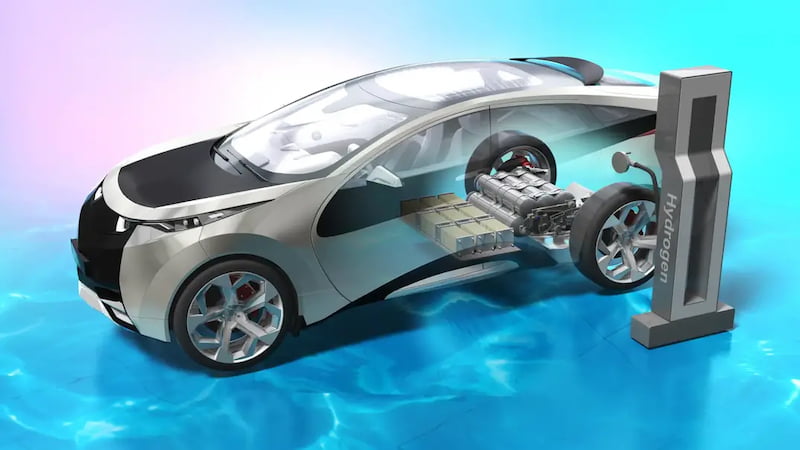
In order to make the mobility sector climate-neutral, the concept of a fuel cell with high conductivity is required. Researchers have now apparently made a breakthrough.
The complete electrification of road traffic is and remains an important task if the climate goals are to be met. In order for us to achieve this, however, more innovative and cost-effective alternatives to the classic combustion engine are needed.
In addition to using battery cells as an energy source, hydrogen as a fuel also seems to be a promising alternative. However, there are still some challenges to be overcome.
A research team from Nagoya University in Japan has apparently made a breakthrough. Because the scientists developed a fuel cell with enormous conductivity.
New fuel cell promises even better conductivity
The so-called polymer electrolyte membrane (PEM) plays an important role in environmentally friendly fuel cells. Hydrogen and oxygen react with each other to produce electrical energy. Known PEMs often date back to the 1960s and work most reliably at temperatures between 60 and 90 degrees Celsius.
In this process, sulfuric acid groups release protons, which, to put it simply, travel across the membrane, creating electricity. The higher the density of the sulfuric acid groups, the more protons the mixture can release. The researchers also started here and have now developed a new solution.
New PEM up to six times more conductive than previous solutions
The result was a PEM that, at 80 degrees Celsius, had a conductivity that was around six times higher than previously known Nafion or Selemion solutions. In addition to significantly more efficient vehicles with fuel cells, safer and more durable models could also be created.
This could contribute to a climate-neutral transport sector in the long term. However, it is still unclear when the approach will be used for the first time in a hydrogen vehicle. Despite this, research and development never seems to stand still.
Also interesting:
Source: https://www.basicthinking.de/blog/2023/04/27/brennstoffzelle-leitfaehigkeit/


